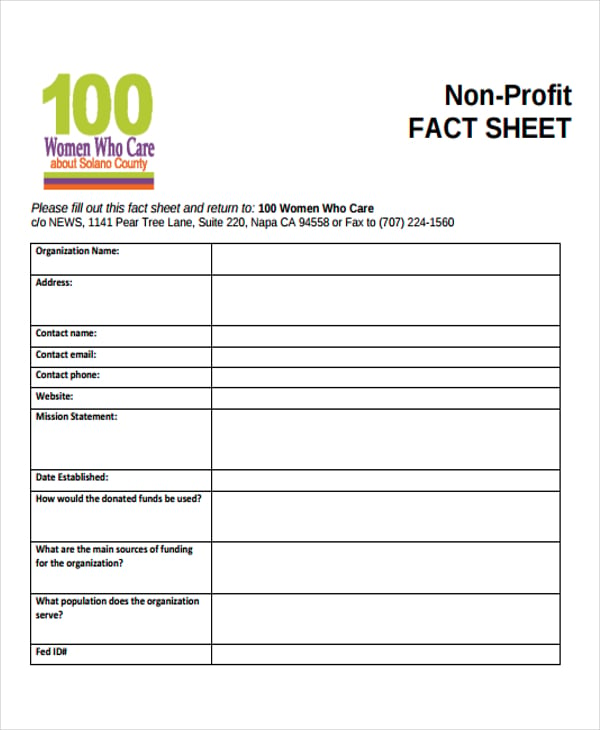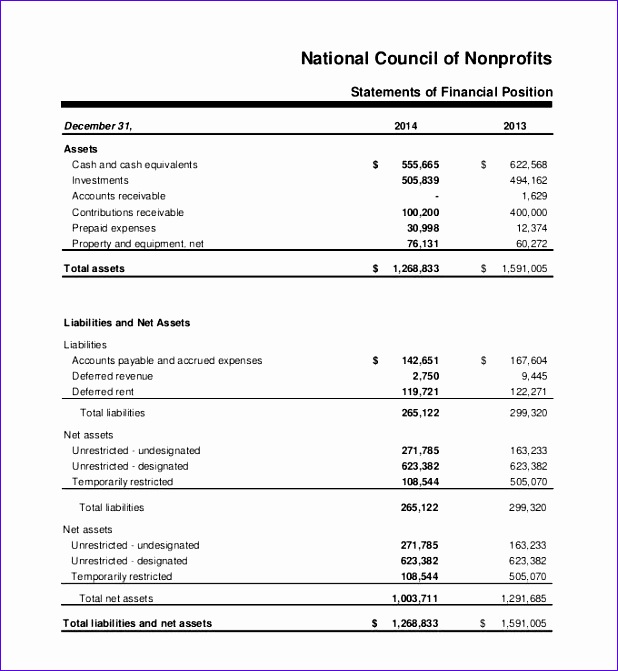- Certified phone accessories store
- 0616818330
- info@fulloriginal.nl
Sample Financial Statements for Nonprofit Organizations
How to Do Accounting for Small Business: Basics of Accounting
August 31, 2021Reconciliation in Accounting: Types & 12-Step Guide
September 9, 2021
Your financial statements also play a crucial role in maintaining your nonprofit status and passing an independent audit (which you may need to keep your funding). Propel Nonprofits is an intermediary organization and federally certified community development financial institution (CDFI). The current ratio measures assets that will be cash within a year and liabilities that will have to be paid within a year and can provide an indication of an organization’s future cash flow. Nonprofit organizations play a crucial role in society by addressing various social, environmental, and humanitarian issues. However, in order to effectively carry out their missions, nonprofits must have a solid financial foundation. Budgeting is the process of planning and allocating financial resources to achieve organizational goals….
Statement of functional expenses
The cash-basis method is usually simpler to maintain than the accrual-basis method and may be adequate for smaller nonprofits. However, the accrual-basis method may be necessary if the organization plans to seek funding from larger donors. Knowing the ins and outs of nonprofit accounting will help ensure accuracy, transparency, proper oversight, compliance, and overall financial accountability. These are funds restricted by donors for specific uses or time periods, requiring careful management to fulfill donor intent. Financial reporting for nonprofits not only fulfills regulatory requirements but also helps build trust among donors, stakeholders, and the community.
Example of Main Difference Between Nonprofit and For-Profit Balance Sheets

Nonprofits use the statement of financial position to list their assets, liabilities, and net assets. When viewing your balance sheet, your assets are your organization’s unrestricted income. After subtracting your nonprofit’s liabilities from assets, you get your net assets. As you list net assets, you must also split them into unrestricted, temporarily restricted, and permanently restricted funds.
Resources
- Nonprofit organizations play a crucial role in society by addressing various social, environmental, and humanitarian issues.
- Each one has a specific purpose and can provide important insights about your organization.
- But by sharing so much information, they are exceptionally transparent and strengthen relationships with their supporter base.
- Save the Children adds these financial statements and a letter from the independent auditor when providing financial reports.
The difference between assets and liabilities, essentially the equity of the nonprofit. These net assets are then split up and organized according to the restrictions placed on them. Donors, grant-makers, and government entities all reserve the right to restrict the contributions made to nonprofits so that it can only be used for certain activities or programs. That’s why it’s so important to manage grants and other restricted contributions carefully in your accounting system. The third and final section of your statement of financial position is the net assets section. This part of the report shows the equity of your organization (your total assets minus your total liabilities).
It shows where funds are coming from and how they are being spent, which helps illustrate the organization’s financial health and mission effectiveness. All nonprofits with gross receipts above $50,000 are required to file an IRS Form 990. This form includes a nonprofit’s figures for revenue, expenses, assets, and liabilities, as well as the salaries of the directors, officers, and executives of the corporation. An organization’s 990 form is publicly available and may be found on their website or on a nonprofit database such as GuideStar.
For instance, this is where you’ll add expenses owed to your employees, vendors, and contractors, as well as any debt your organization may have as an entity. The assets section of your nonprofit balance sheet defines what your nonprofit owns. It includes items like your cash assets, accounts receivable, property and equipment investments, long-term receivables, prepaid expenses, and more. Keep in mind that this report is more accurate and helpful if your organization uses an accrual method of accounting rather than the cash method. It provides a more accurate statement about when financial changes occurred, creating a more exact report to work off of.
The numbers pulled for your nonprofit balance sheet all come from your organization’s chart of accounts, which lists out all of your accounts and ledgers to keep your finances in order. Then, these numbers volunteering are organized into the three sections of the report (assets, liabilities, and net assets). Looking up a nonprofit’s Form 990—using services like Guidestar.org—can tell you a lot about its financial state.
Comparing the nonprofit’s financial ratios with industry benchmarks can provide insights into the organization’s financial performance. Most nonprofits share these statements to be entirely transparent with their donors; often using these statements in their annual or impact reports. By sharing what funds they collect and how they’re spent, donors can see how their gifts support the nonprofit’s programs and beneficiaries.
Examples include buildings, furniture, vehicles, inventory, large equipment, and accumulated depreciation. Code for Science & Society depicts their financial expenses on this page of their report rather concisely and transparently. Online websites like Charity Navigator and GuideStar also use these reports to rate your organization. Here’s an example from Code for Science & Society’s Statement of Financial Position from 2021. For the past 52 years, Harold Averkamp (CPA, MBA) hasworked as an accounting supervisor, manager, consultant, university instructor, and innovator in teaching accounting online.
Delegating accounting tasks in nonprofit organizations ensures the organization is mindful of its financial commitments and adheres to legal and tax requirements. Nonprofit accounting is crucial for any organization that relies on donations and grants to fulfill its mission, not just those without revenue. Nonprofit accounting ensures your organization uses its financial resources effectively to move your mission forward. Many nonprofits undergo independent audits to provide an unbiased examination of their financial statements. While not always required, audits are often necessary for larger organizations or those that receive government grants. Nonprofits in the United States are generally required to file an annual information return, known as Form 990, with the IRS.

